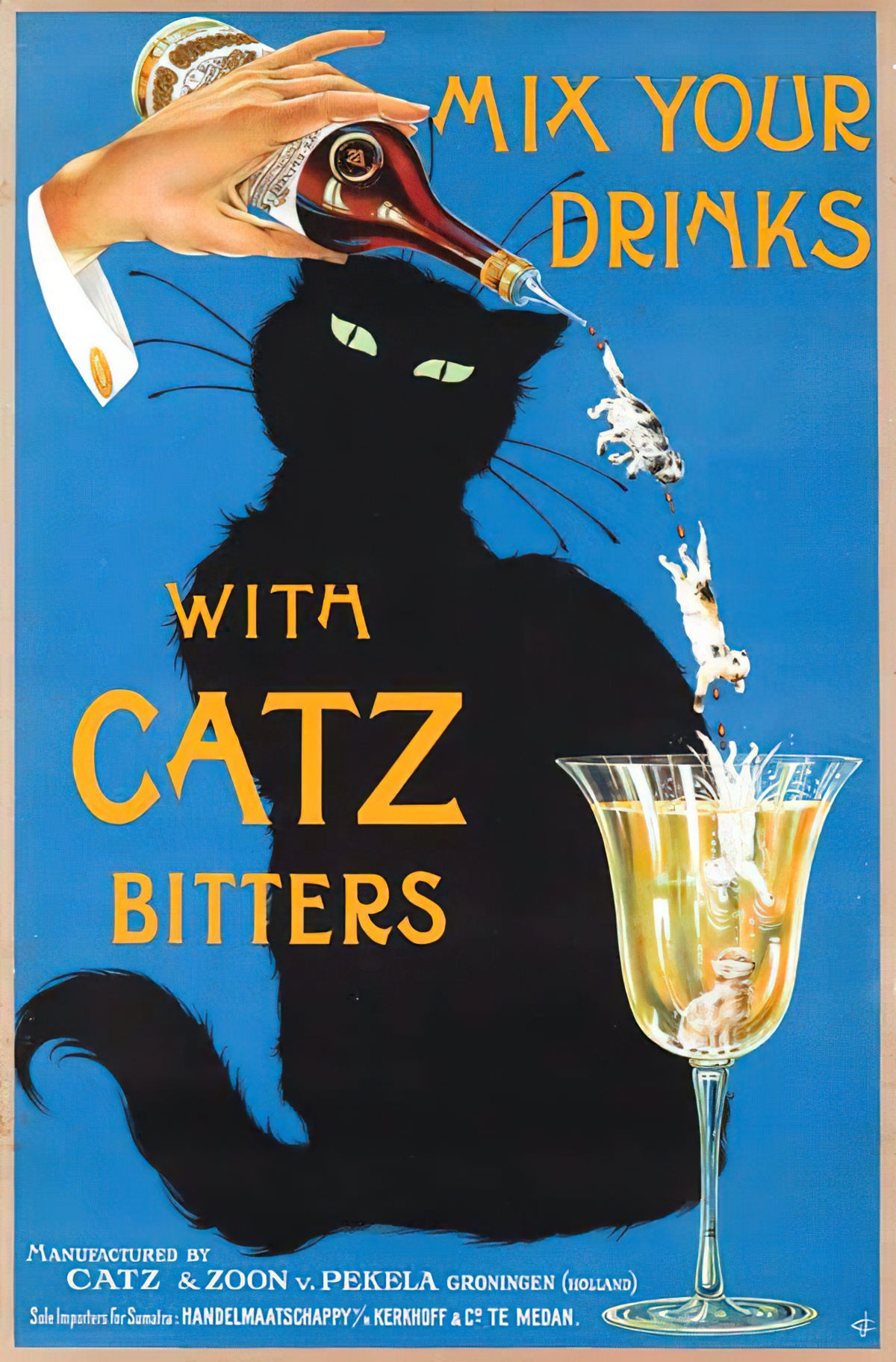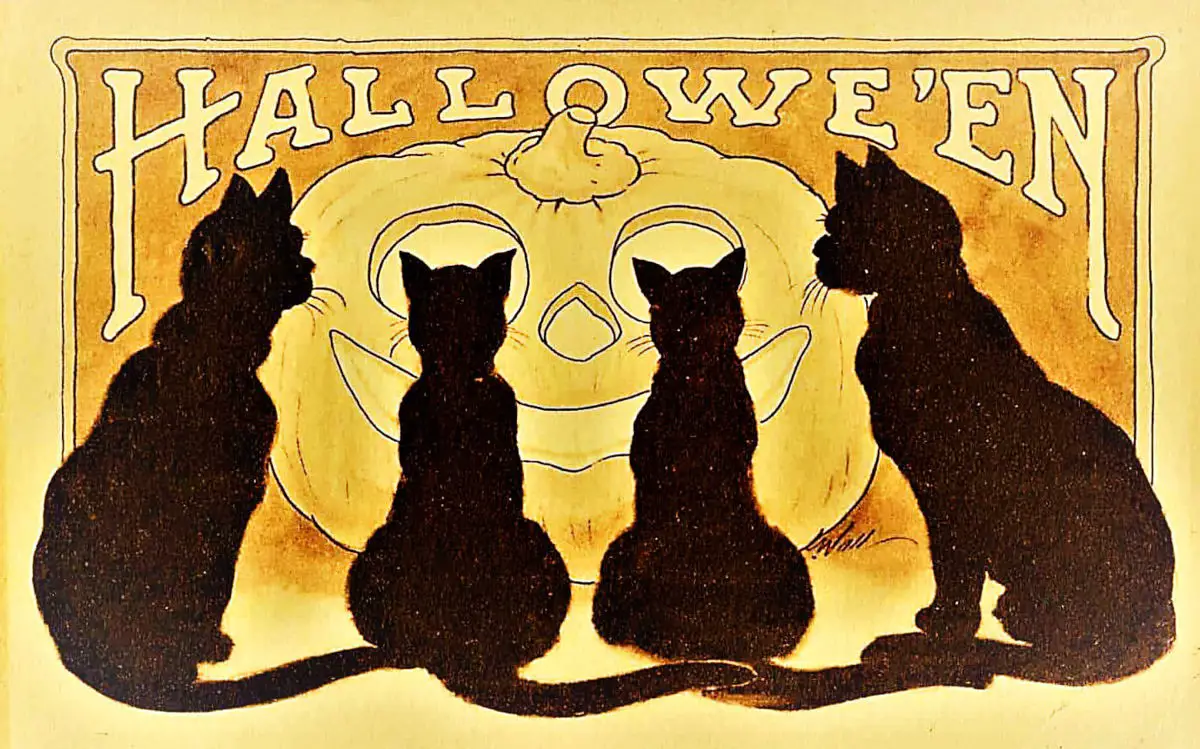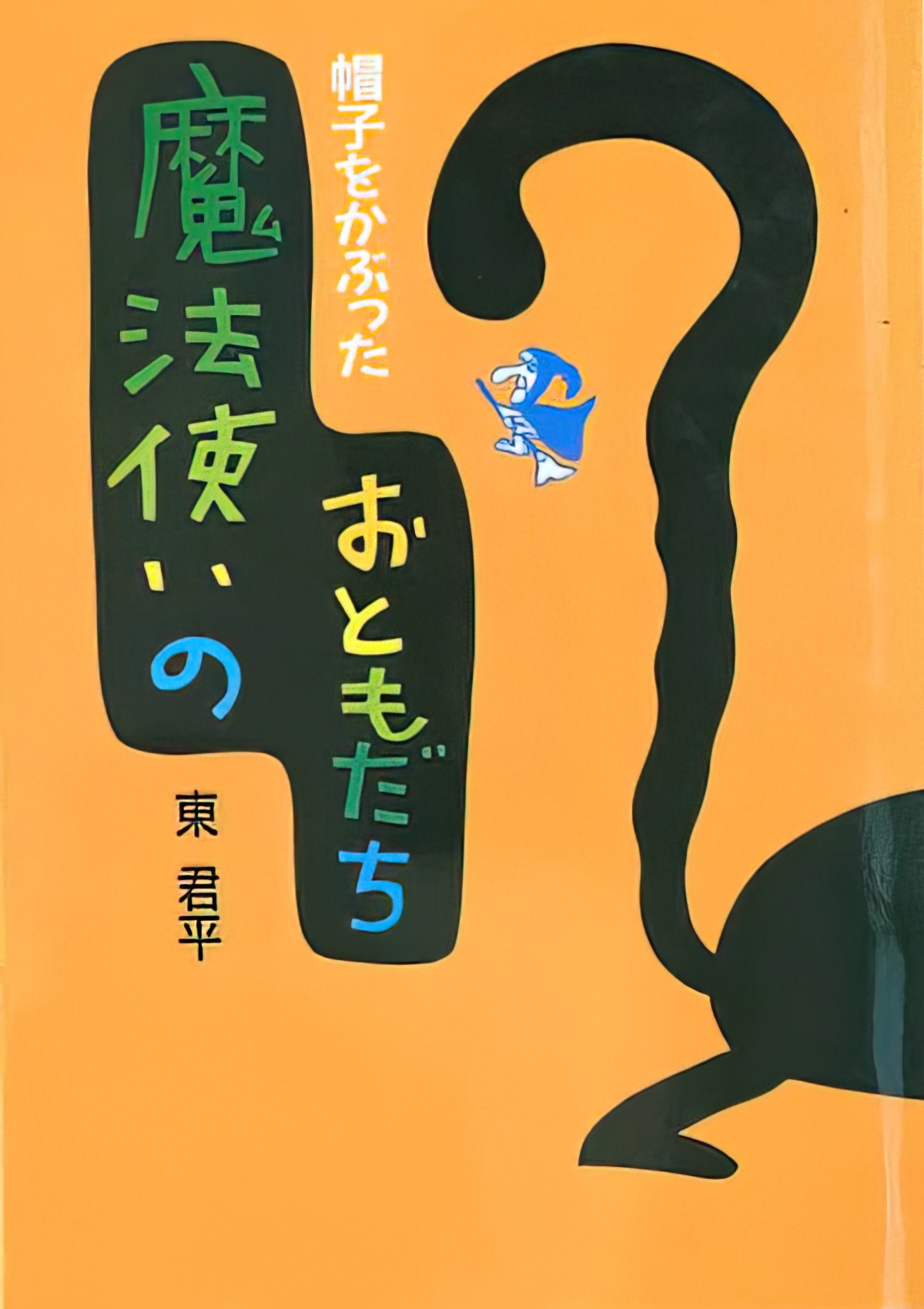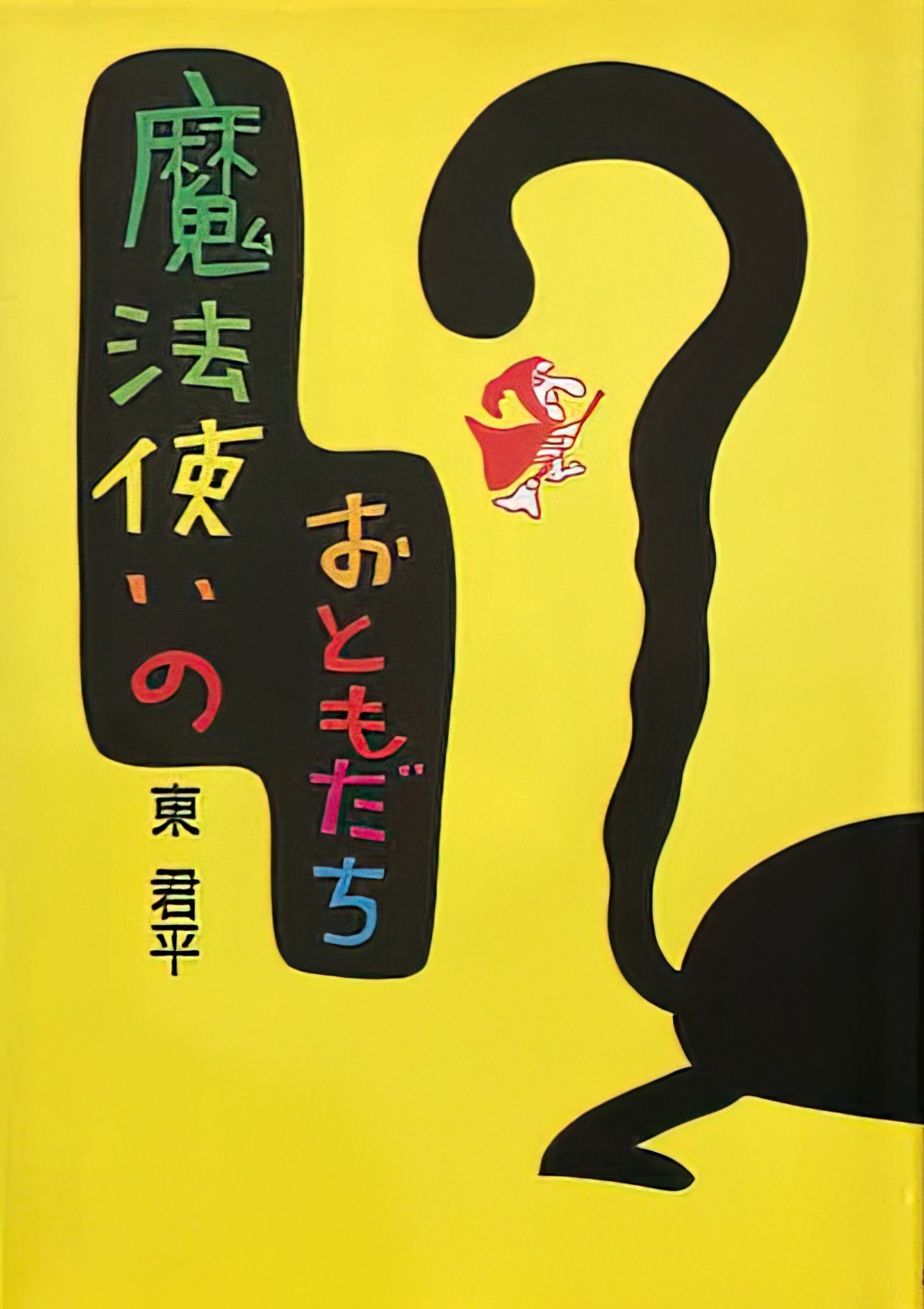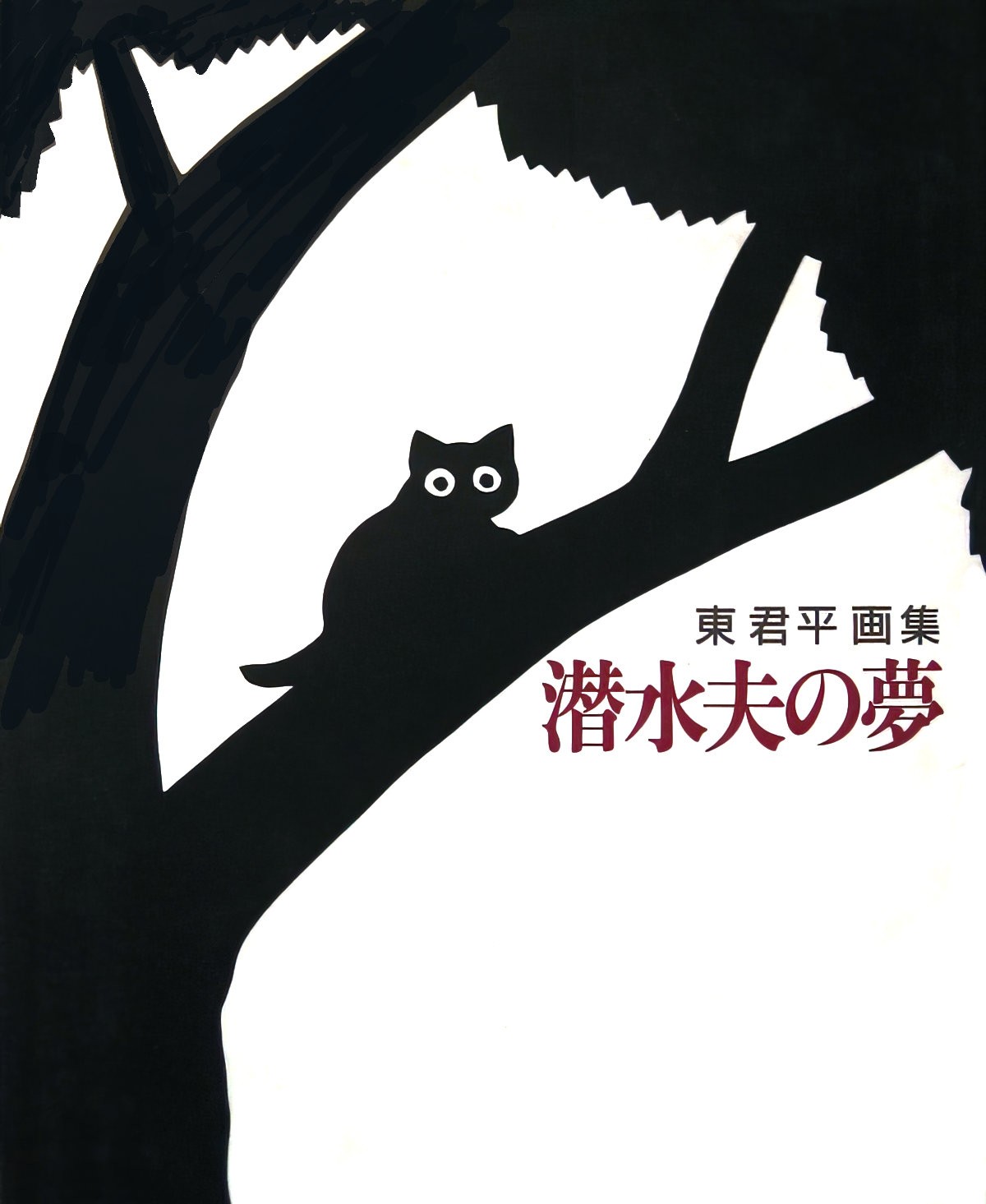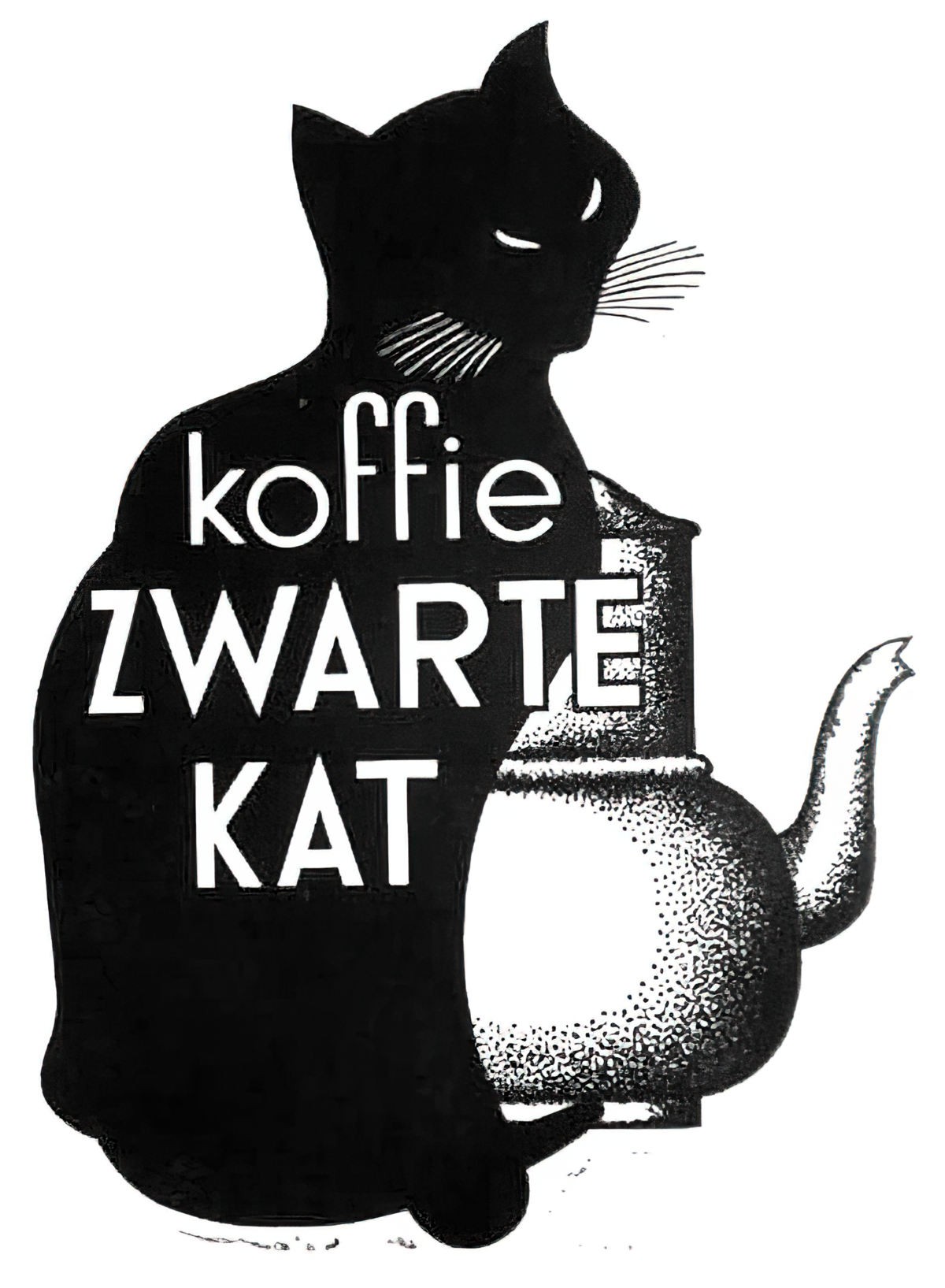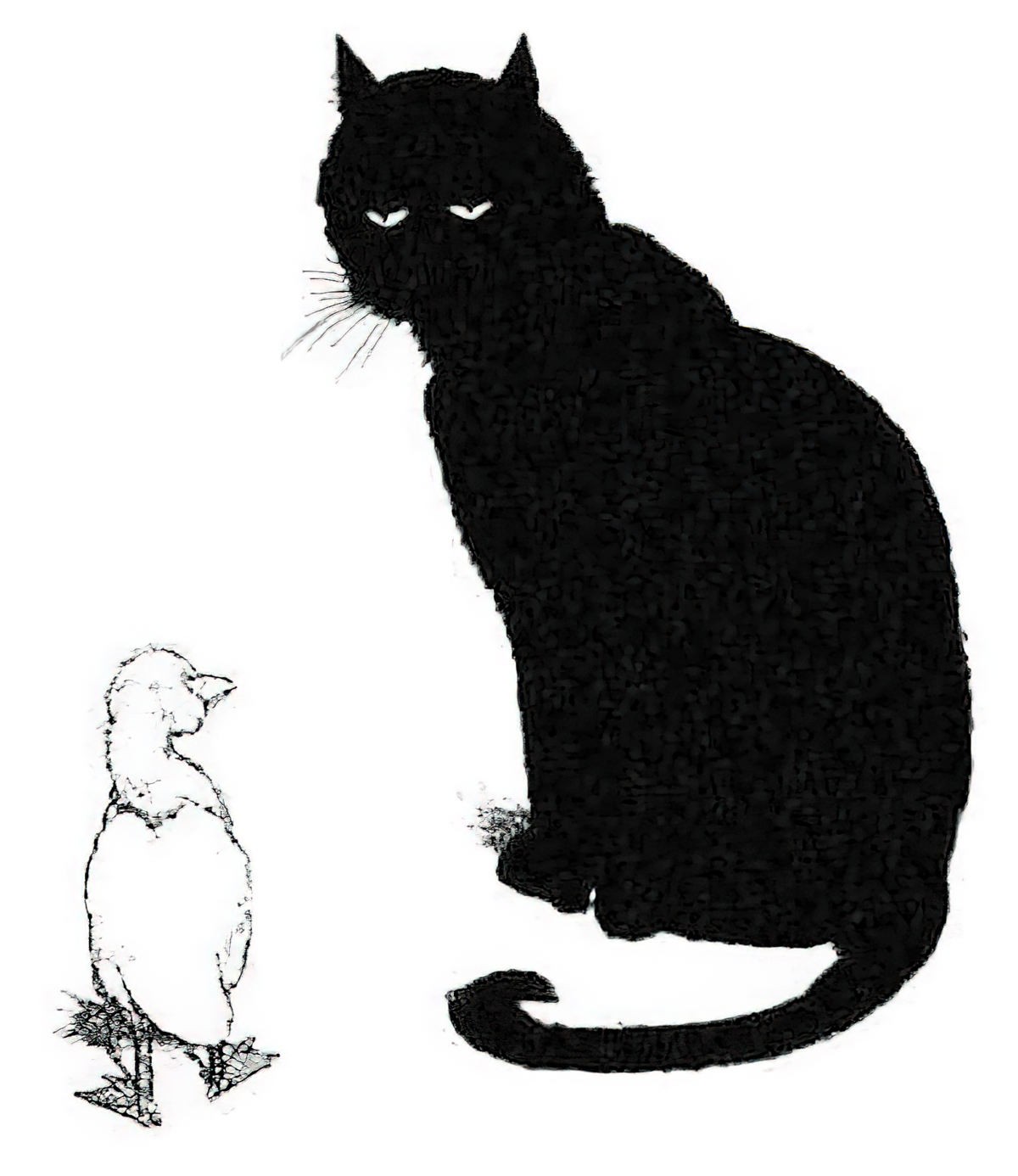The Cat At Night is a picture book written and illustrated by Amrican Dahlov Ipcar (1969). Like many children’s authors and illustrators, she lived a long life (1917-2017).
PARATEXT
Join the farmer’s cat on his fascinating nighttime journey through fields, farms, forests, and even the city to see what only he can see after the sun sets. Legendary artist Dahlov Ipcar mesmerizingly alternates between dark night scenes and vivid color to deliver a beautifully illustrated children’s classic.
MARKETING COPY
Ipcar’s paintings are described as ‘kaleidoscopic’. Take a look at these ones and you’ll see why:
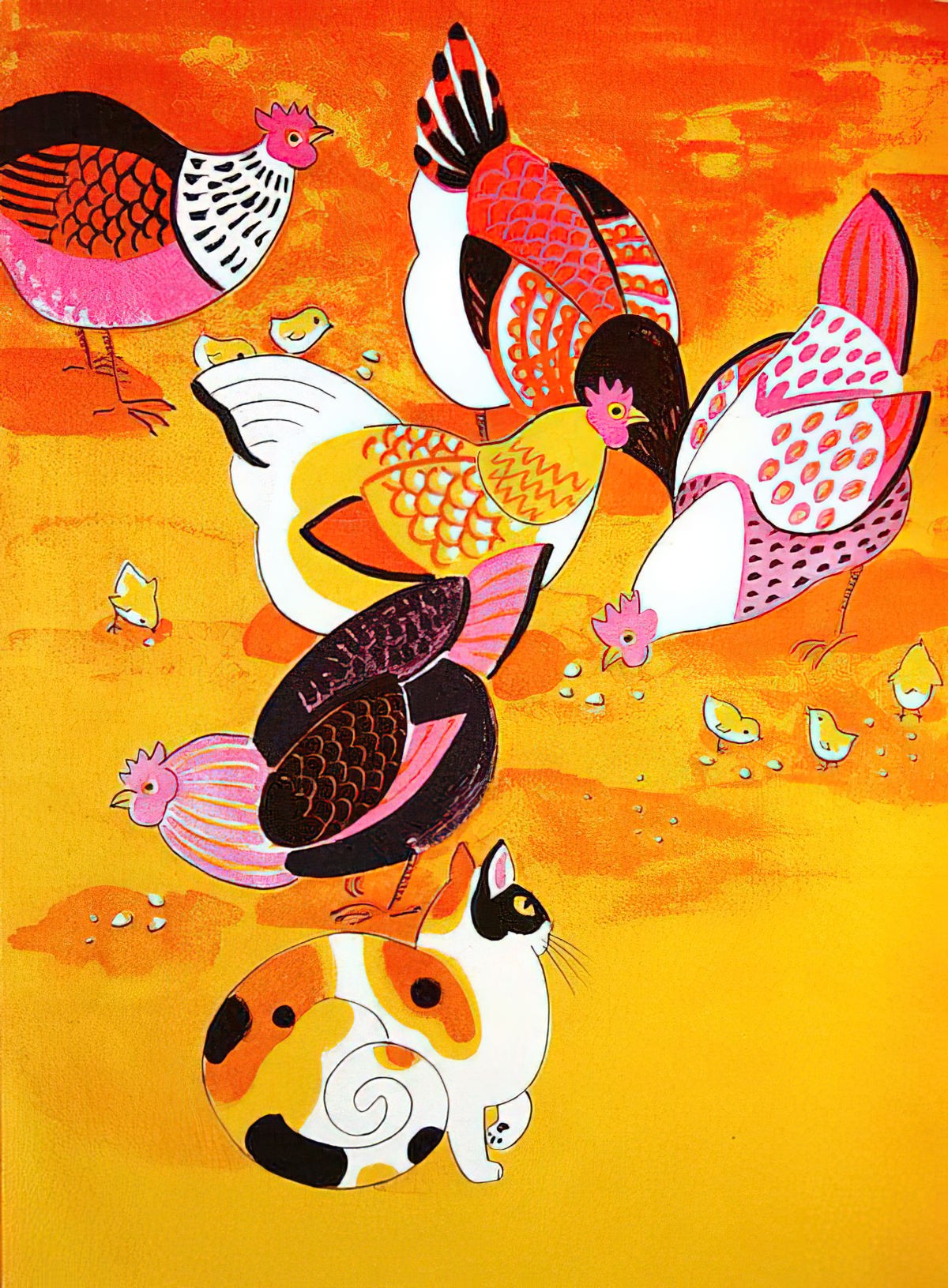
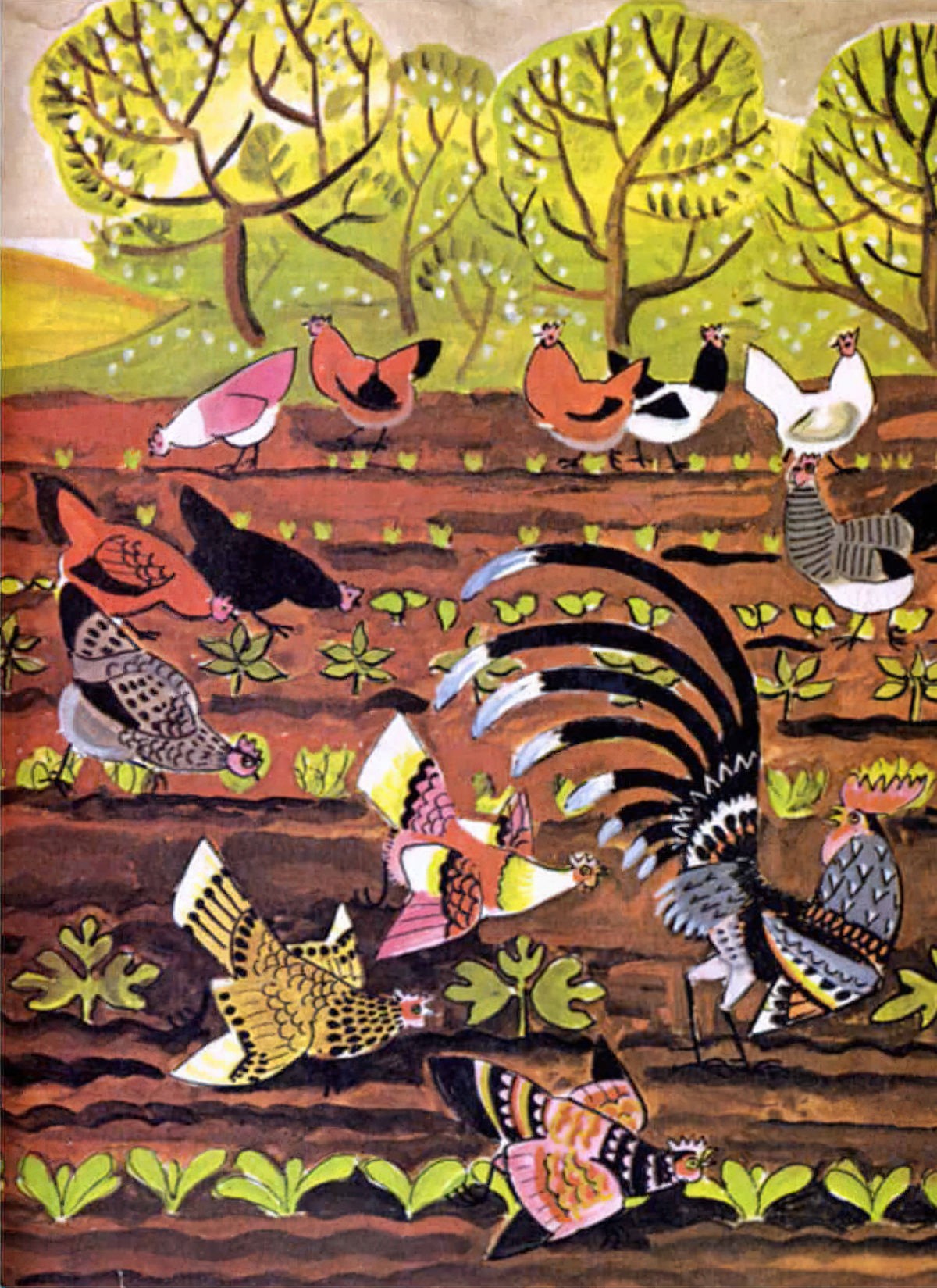
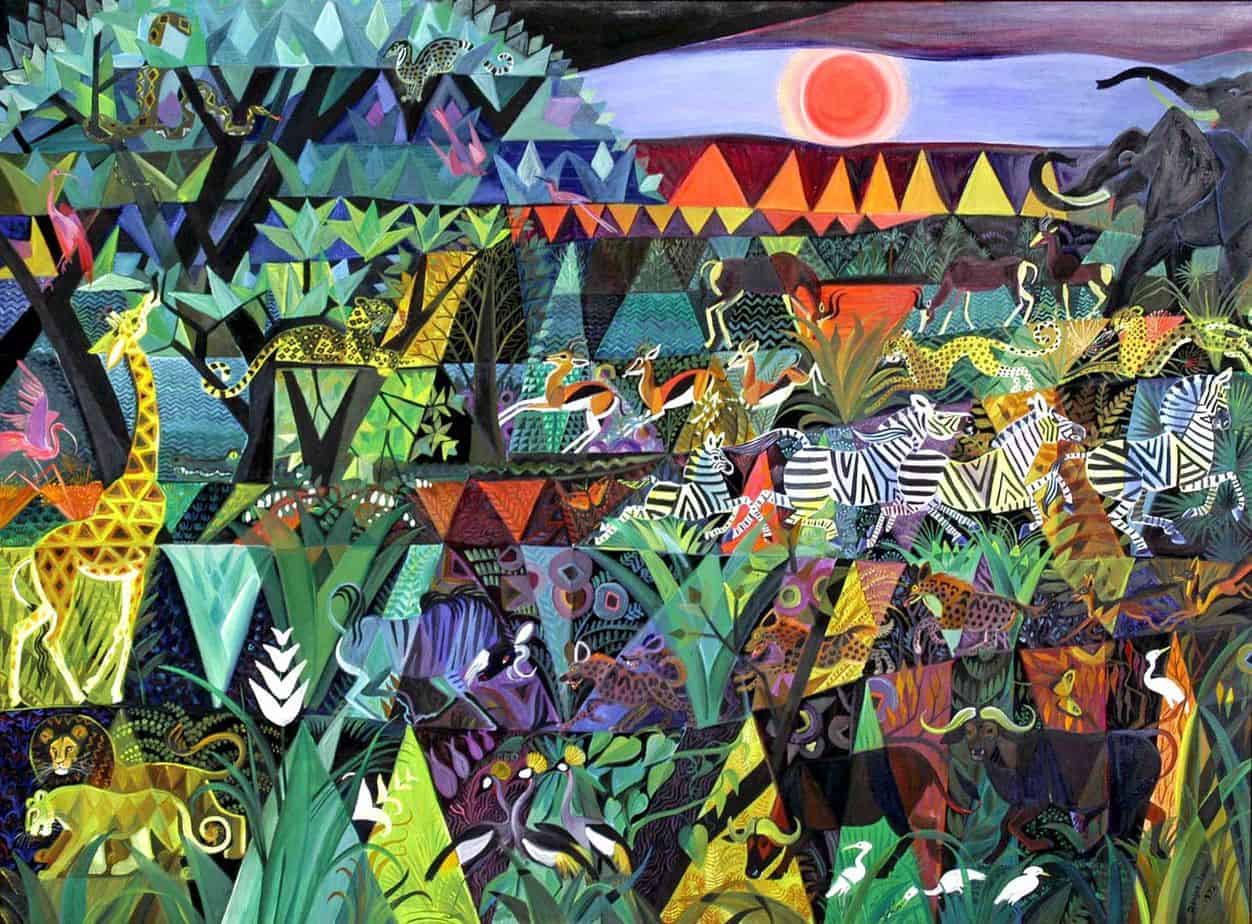
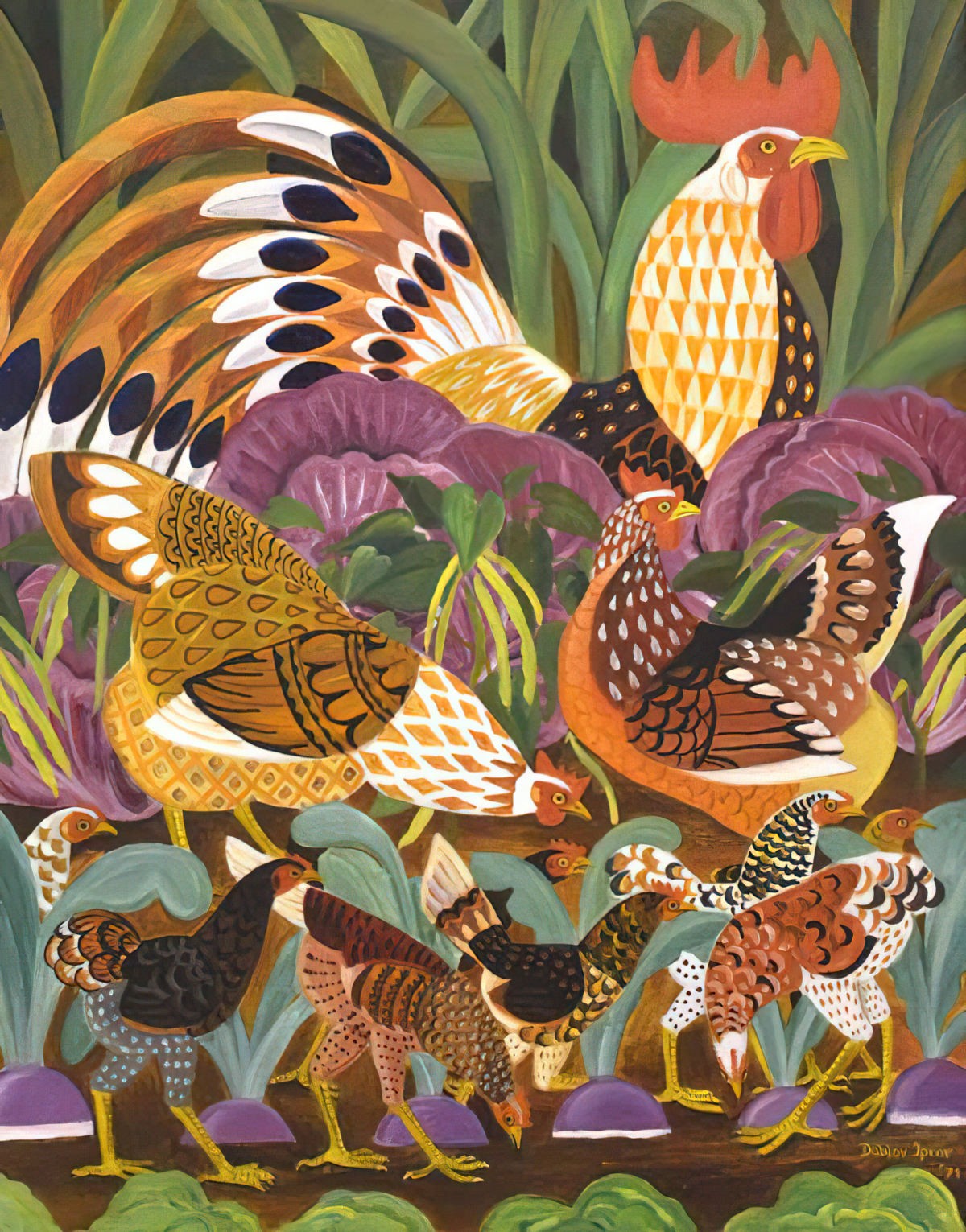
But in this particular story, Ipcar makes heavy use of the silhouette, putting me more in mind of Lotte Reiniger, the underrated animator whose technology was ‘borrowed’ by Walt Disney.
In The Cat At Night, the silhouette is used as part of a game, designed to get young children talking with their adult co-readers in a go-to-bed story.
Below is an example of how Ipcar creates a spread of silhouettes then, after a page turn, reveals the scene in full colour.
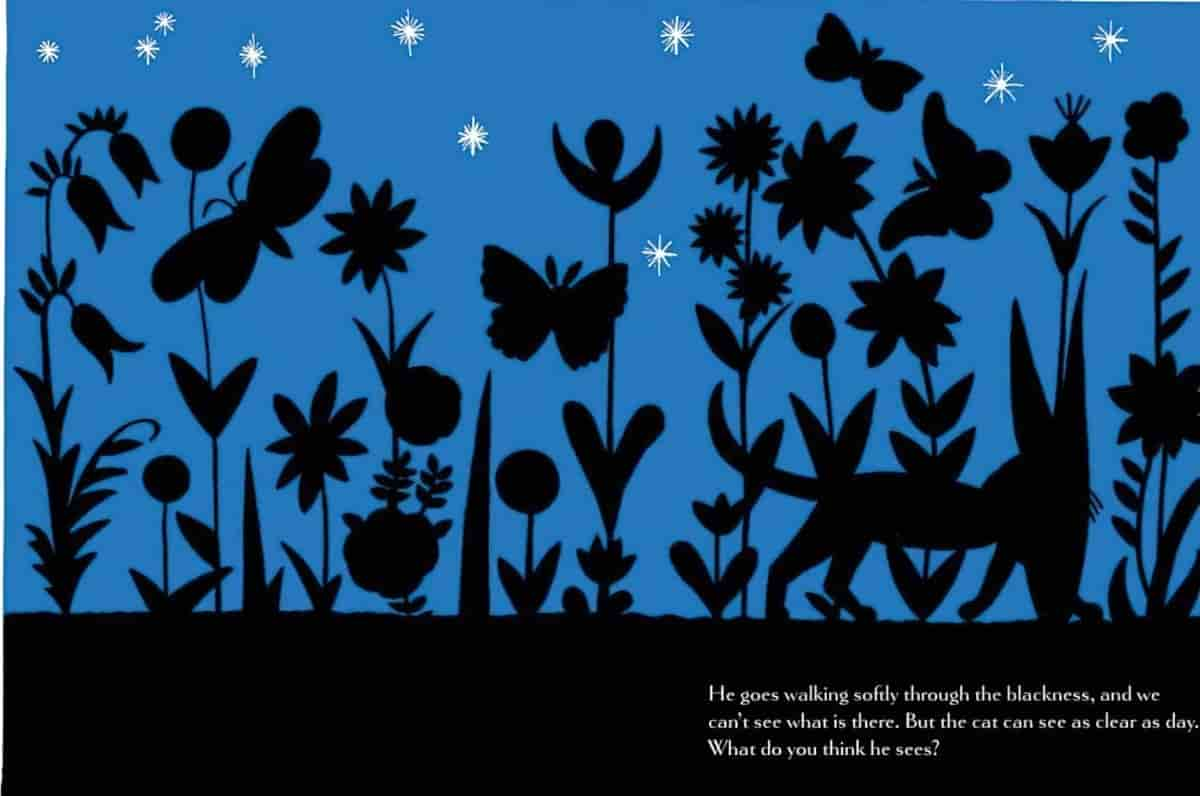
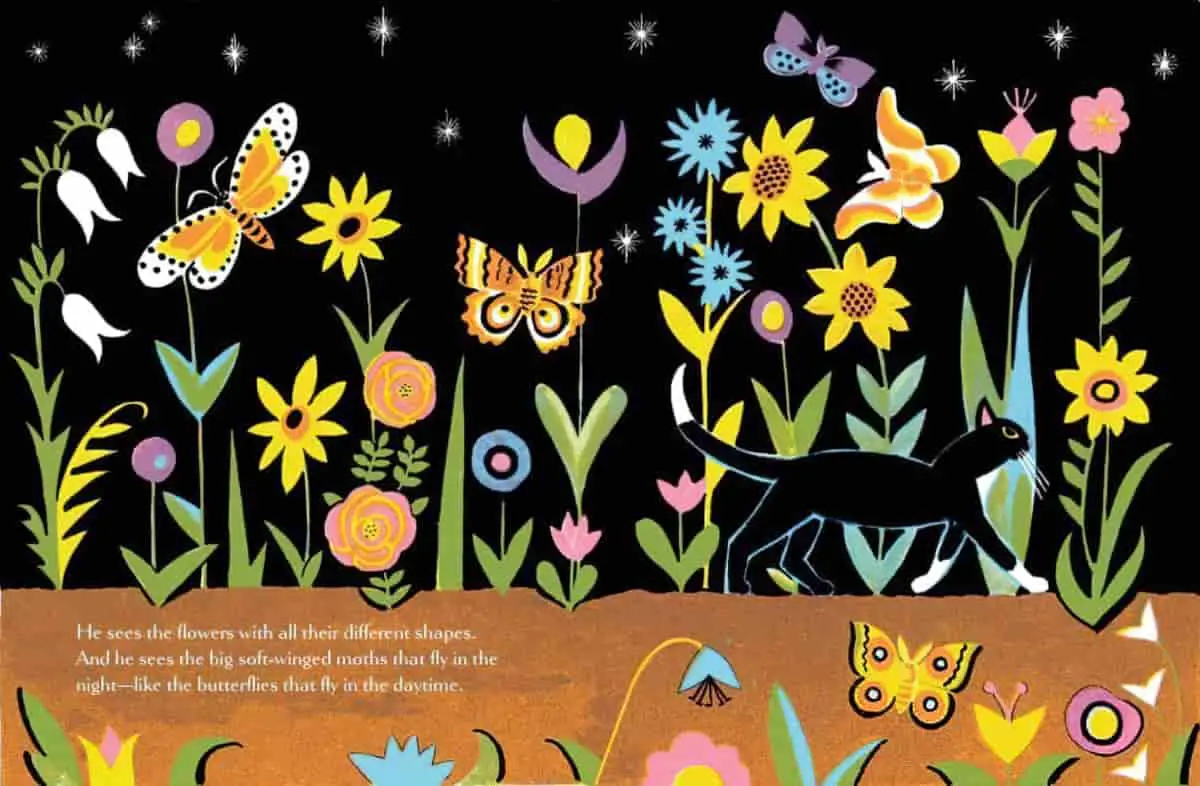
PICTURE BOOKS AS HYPNOGOGIC OBJECTS
I’ve seen scholars of children’s literature use the word ‘hypnogogic objects’ to describe certain kinds of children’s books. The O.G. hypnogogic object is the fob watch dangled before the eyes, designed to lull a person into a hypnotised state. Some picture books appear to have a similar aim in mind, especially those in which the main character goes to sleep themselves, modelling what the child is supposed to do. This picture book is an early example of what we now call an ‘interactive book’, though the word most often now refers to books read on a digital device. This silhouette-to-colour transition is exactly the sort of ‘device’ perfectly suited to digital technologies.
IS THIS A SCIENCE PRIMER?
The cat is not any cat in particular, but stands in for all cats. We know this because of the ‘universal he’. (A contemporary picture book would be more likely to replace the singular with the plural and avoid gendered pronouns altogether.)
The whole premise of this story rests upon the idea that cats can see in full colour at night. The more modern misconception is that cats can’t see colour at all. In fact, cats do see some colour, but their world is nowhere near as colourful as our own (nor as colourful as this picture book). Cats are like colour blind humans.
- Cats can see shades of blue and green.
- Reds and pinks may appear more green.
- Purple can look like another shade of blue.
- To cats, none of these colours are as saturated.
The idea that other animals see the world completely differently is a fascinating one, and we know more about cat vision now than we did in the mid 20th century. I suspect that in 1969, readers really did believe that cats have a magical ability to see at night. The cat in this story is black for several reasons: It matches the silhouette artwork, and also puts us in mind of a witch’s cat.
Despite assertions in the text, humans are much better at detecting colour than cats are. They can’t see distant objects as well as humans can, so a scene such as the rooftop spread below would not be what a cat sees at all, despite the folk art treatment. A cat has to be at 20 feet to see what an average human can see at 100 or 200 feet.
The double spread is a good feline choice though, because cats have a slightly wider field of vision than we do (200 degrees compared to 180.)
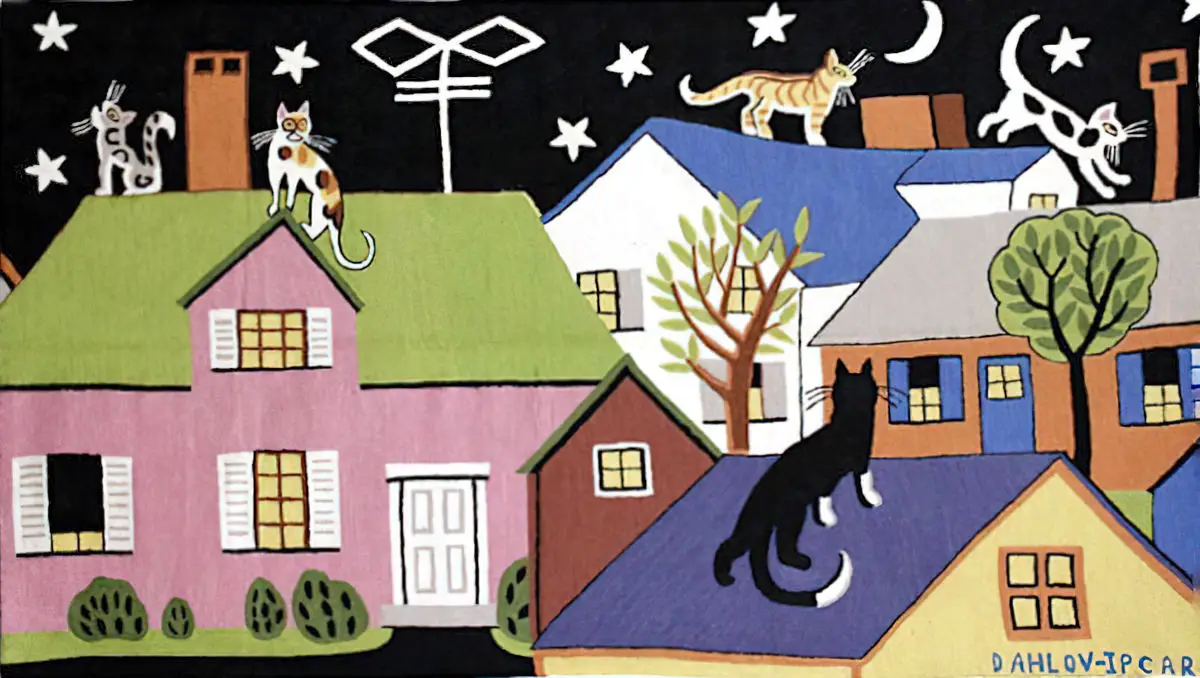
However, Ipcar is not wrong about cats and their night vision. Cats do far better than we do at night, partly because they’re making use of their other senses (and whiskers), but also because they only need one sixth of the light that we need. They have more rods in their retinas.

As this picture book progresses, reference is made to the mirror-like effect at the back of a cat’s eyes, and which I’m sure has contributed to their reputation as witches’ familiars. This glowing-eye effect is caused by cells in the tapetum, which helps them to pick up any light in the environment.
Picture books rely heavily on the (human) sense of sight, so it’s inevitable that a picture book can’t come close to conveying how a cat experiences the world. We’re unlikely to ever know that.
MORE IPCAR CATS
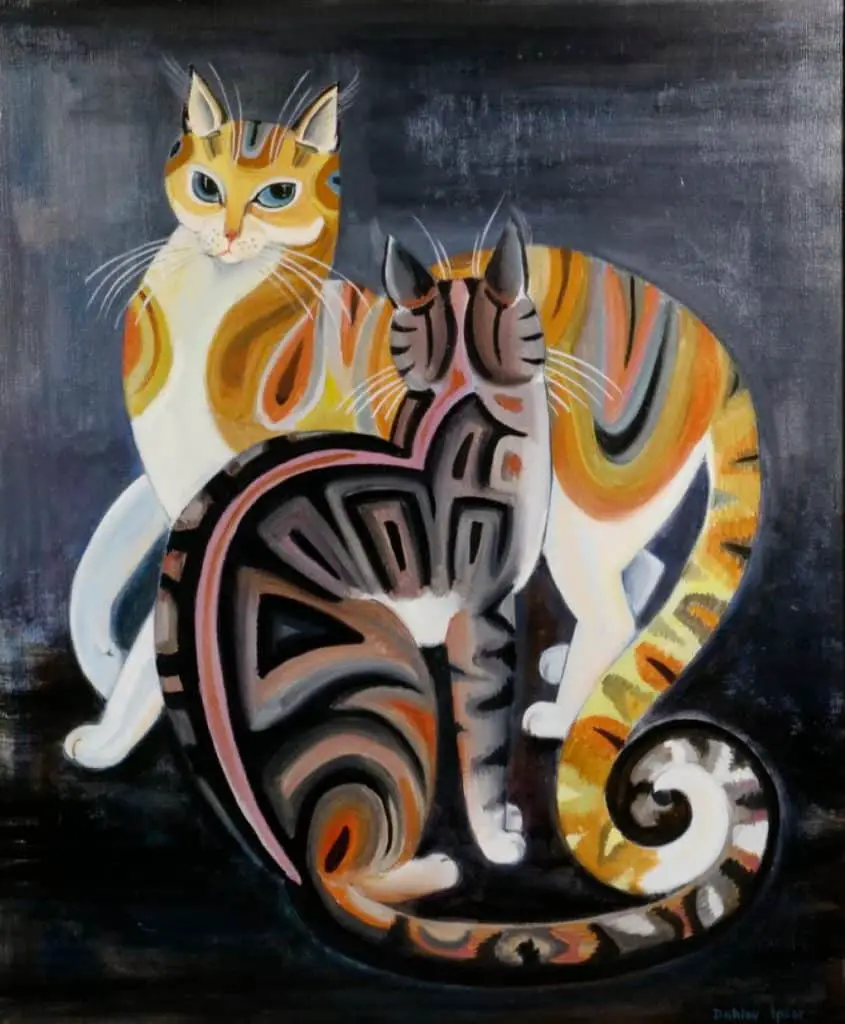
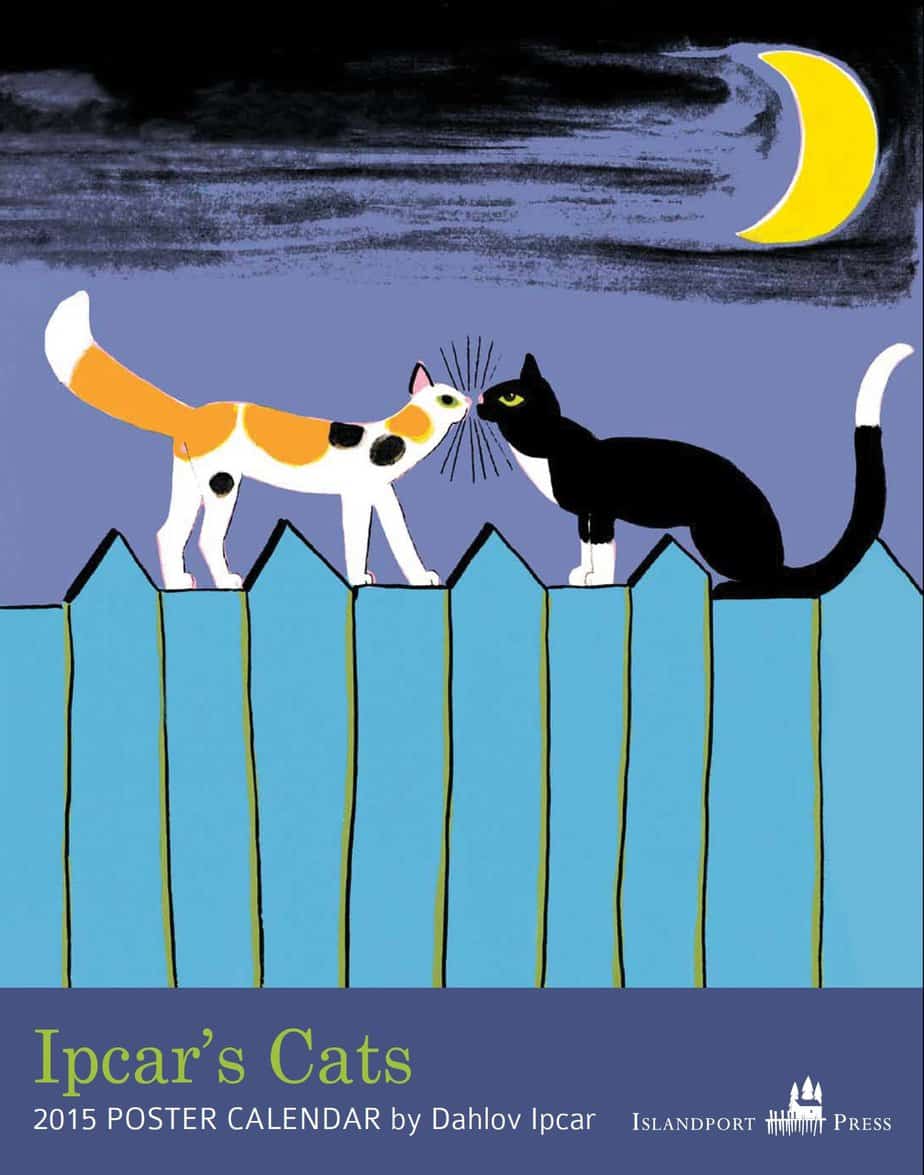
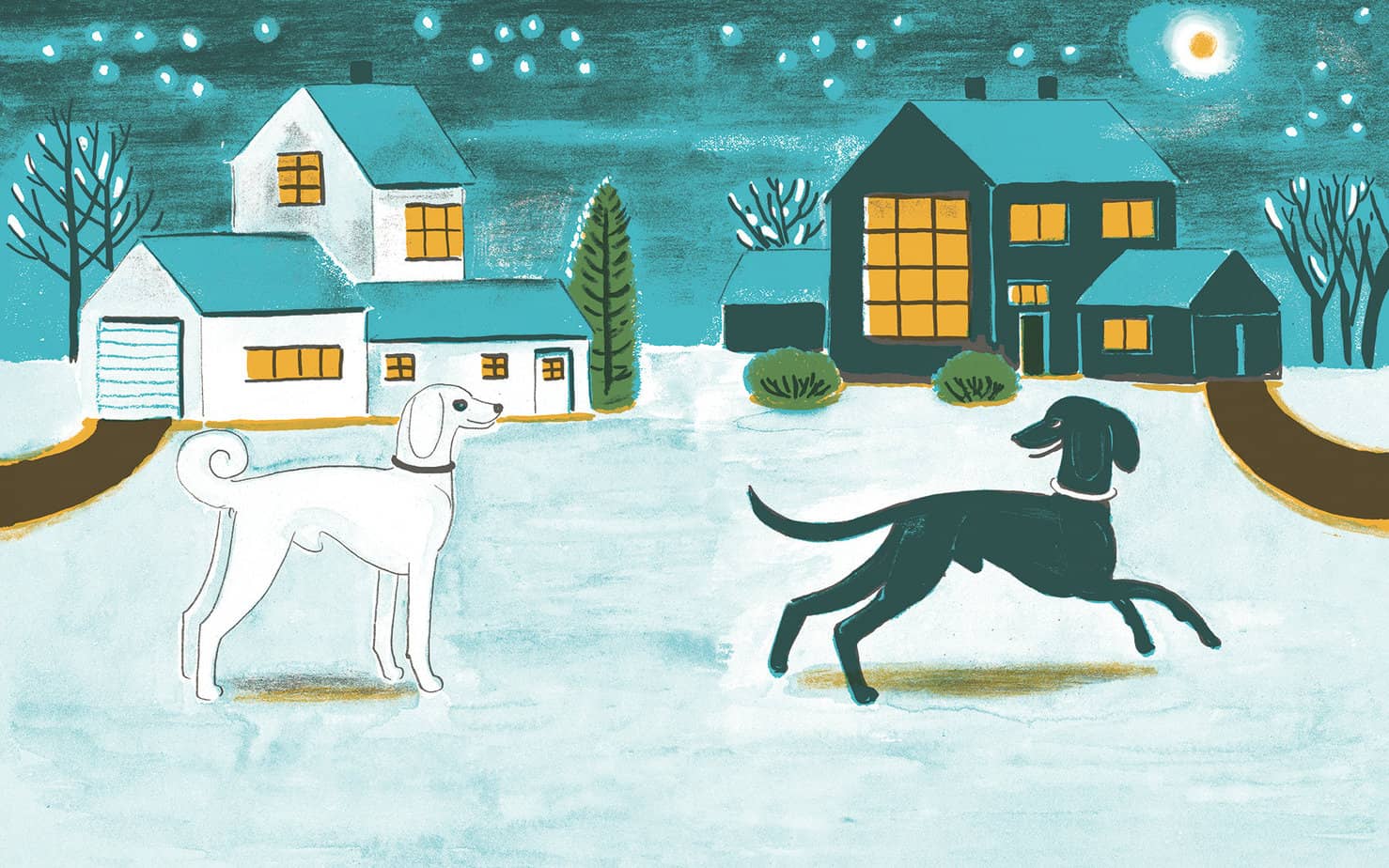
FOR FURTHER INVESTIGATION
If you like Ipcar’s art, check out paintings by Alexey Kofanov.
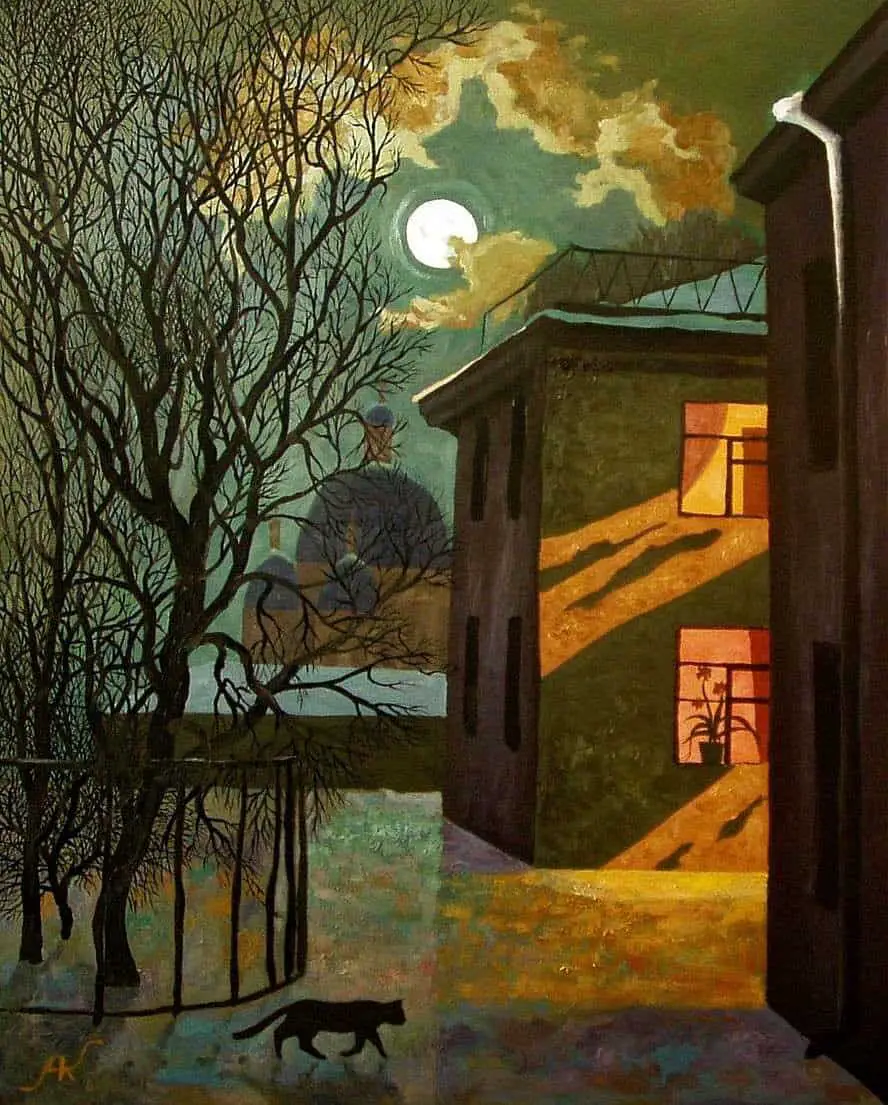
And here’s another silhouette of a black cat on a poster from around 1940.
